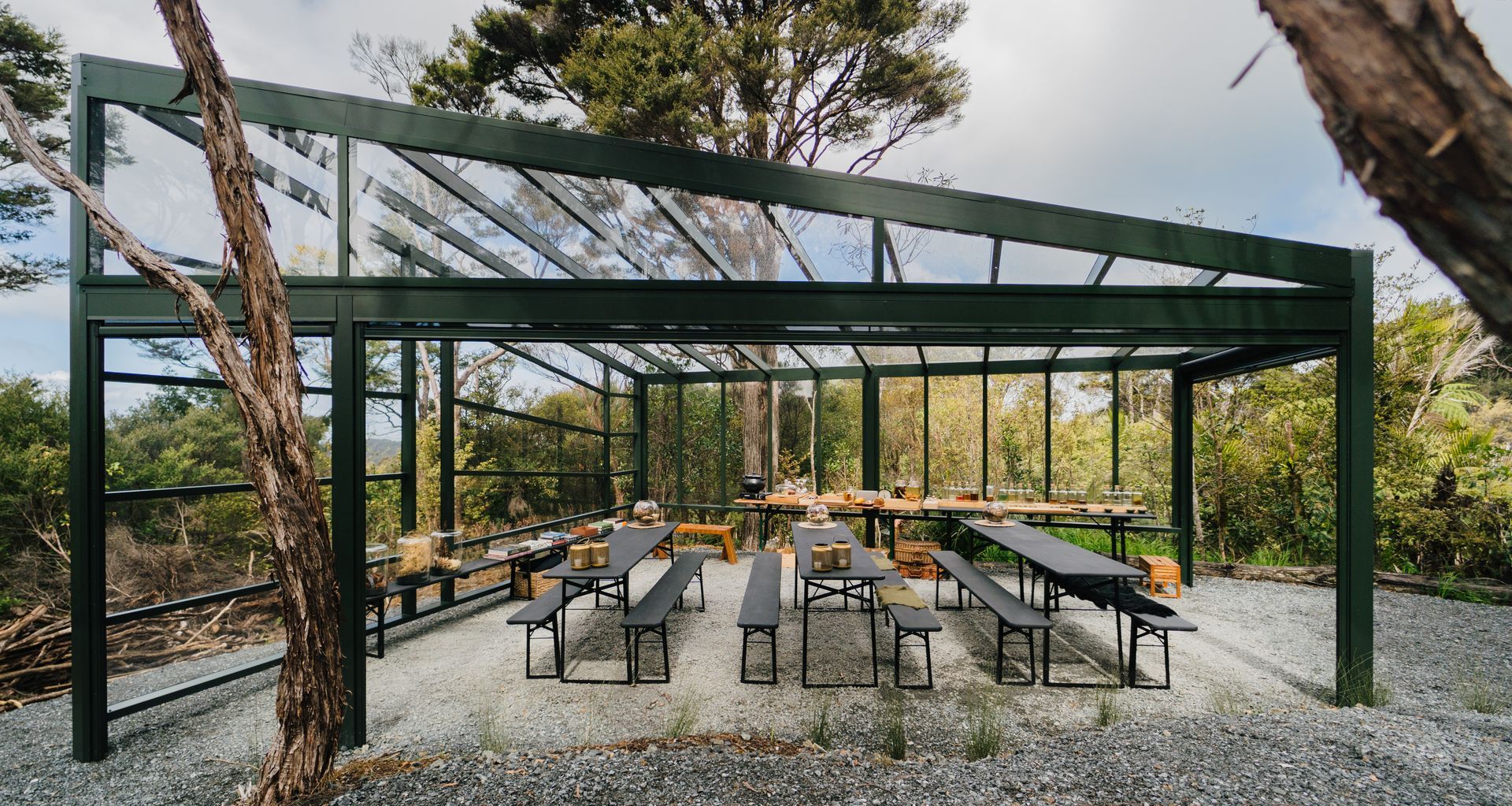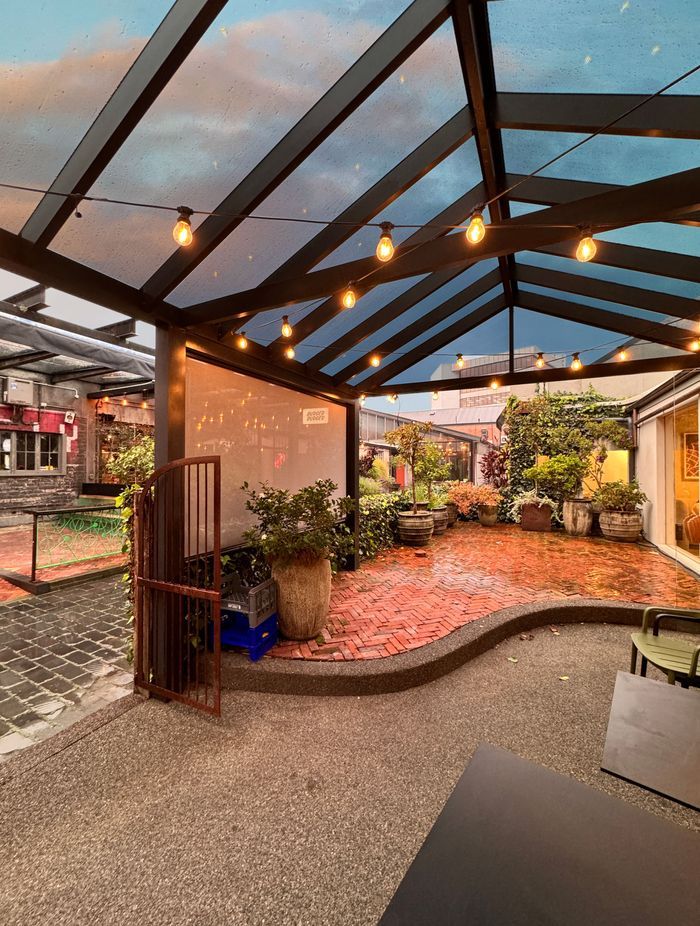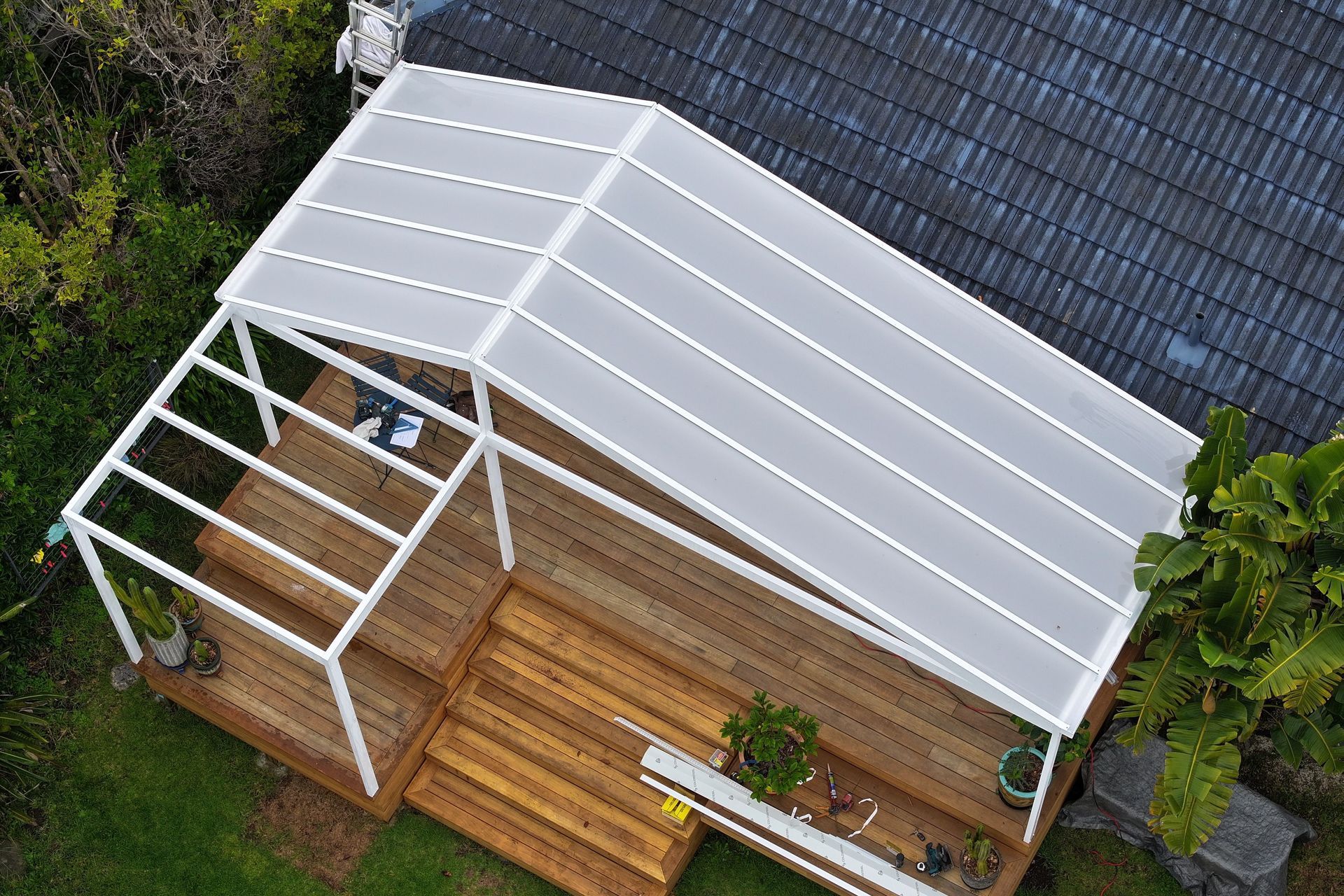Top 5 pergola customisations to create your dream outdoor space
Written by
26 November 2024
•
4 min read

Incorporating a pergola into your outdoor area can make a huge difference in how you use the space, how often it can be used and the overall look of the home’s exterior. A customised design can elevate the home to the next level, providing a sheltered space to socialise year-round and beautifying the exterior at the same time.
“Because every house is unique, making the pergola fit perfectly with the existing structure can require different customisations,” says Jordan Breetvelt from Sanctuary Pergolas – experts in bespoke pergola solutions. “When I talk about customisation I'm not talking about a feature, so to speak, but the ability for our structures to fit within the existing framework of the customer’s house whether that means irregular shapes or creative details of how we put the structure together.”
Rather than attempting to tack on a structure to an existing home, designing the pergola structure to enhance what is there is the key to creating a space that adds value. Here, Jordan shares five examples of how customising a pergola can enhance an outdoor space, taking it to the next level.

Customising pergola materials
While standard acrylic pergolas are completely adequate, if you really want to elevate your design, use unique materials that will tie the structure to the architecture of the house or the location.
“We are happy to work with the client to bring whatever vision they have to life, whether that's incorporating different or new materials into the structure such as timber, steel, roofing panels and more,” says Jordan.

2) Bespoke lighting
Homeowners don’t often realise they can integrate custom lighting into their pergola design, but it’s a key way to take the design to the next level.
“Our typical fixture is a small downlight set into the rafter, however, hanging lights or post lights can be added easily by the electrical company we work with,” shares Jordan.
This means you’re only limited by your imagination: do you want to hang a chandelier over an outdoor table or possibly light up areas where food is prepared? It’s important to consider both practical and aesthetic considerations when integrating lighting into your pergola design.

3) Custom colour
Some pergola companies only supply designs in one or two stocked colours, so it’s important to ask at the outset whether you’ll be able to have your pergola custom-coloured to match your home. There’s nothing more jarring than mismatching colours, so colour considerations should be a top priority.
“We use the Dulux colour range which gives the client the opportunity to match the pergola colour with the colour of their joinery, roof, or wall paint, allowing for a seamless blending between the old and new,” says Jordan.

4) Custom tinting
“Acrylic allows for a lot of light to come in while blocking UV light which is what does damage to skin, flooring and furniture. It also makes for a better all-year cover than louvres which are best for summer but don’t do as well in winter,” says Jordan.
Sanctuary Pergolas offers acrylic in four tint options: clear, light grey, dark grey, and opal.
“These all let in different amounts of light and heat, which allows the customer to choose the tint based on what they are trying to achieve with the space.”
If you’re looking for more shading it pays to opt for a darker tint, while the opposite applies if you want to let the light in.

5) Customising post and rafter size
One size does not necessarily fit all when it comes to the style of the beams and rafters of your pergola.
“Clients often ask to change the sizes of the posts and rafters to give a deeper, more solid aesthetic,” shares Jordan.
The thickness of these elements contributes to different looks when it comes to architectural styles and you may want to consider customising thicknesses to enhance the look of your pergola.
If you want to explore more customisation options, Sanctuary Pergolas offers a free callout and quote for anyone in the Auckland region, and can create a design document that gives clients a good understanding of how the design will fit into their home.
Discover different types of pergolas from Sanctuary Pergolas